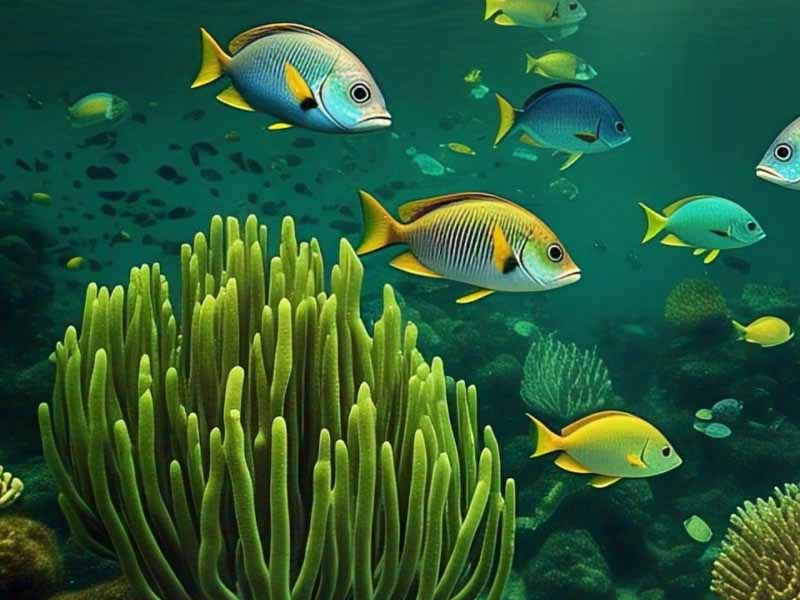
Arcadiadaily – World Seagrass Day is observed every year on March 1st to raise awareness about the vital role of seagrass ecosystems in maintaining marine biodiversity and combating climate change. As we approach World Seagrass Day 2025, environmentalists, researchers, and policymakers are emphasizing the urgent need to protect and restore these underwater meadows, which are often overlooked despite their immense ecological importance.
Seagrass meadows are among the most productive marine habitats on Earth. They provide shelter and breeding grounds for thousands of marine species, including fish, crustaceans, and sea turtles. Additionally, they play a crucial role in absorbing carbon dioxide, helping to mitigate the effects of climate change. Studies have shown that seagrass beds can capture carbon up to 35 times faster than tropical rainforests.
However, despite their benefits, these ecosystems are disappearing at an alarming rate due to coastal development, pollution, and climate change. World Seagrass Day serves as a reminder that urgent action is needed to protect and restore these vital underwater habitats before it’s too late.
“Regenerative Brake Components: Powering Efficient Braking”
Seagrass ecosystems face multiple threats, primarily from human activities. Pollution from agriculture and industry leads to poor water quality, which inhibits seagrass growth. Additionally, destructive fishing practices, such as trawling, physically damage these delicate habitats. Rising ocean temperatures and extreme weather events linked to climate change further accelerate seagrass loss.
According to marine conservation experts, nearly 30% of the world’s seagrass meadows have been lost in the past century. Without intervention, this trend will continue, leading to severe consequences for marine life and coastal communities that depend on these ecosystems for their livelihoods. World Seagrass Day aims to highlight these issues and encourage global efforts to reverse seagrass degradation.
The protection and restoration of seagrass meadows require collective action from governments, scientists, and local communities. Some key conservation strategies include:
Individuals can also contribute by raising awareness, supporting conservation organizations, and minimizing activities that harm marine ecosystems.
As World Seagrass Day 2025 approaches, it is crucial to recognize the significance of these underwater ecosystems and take meaningful action to ensure their survival. By protecting seagrass meadows, we are also protecting marine biodiversity, coastal communities, and the health of our planet’s oceans.
“Pro Writing Aid: The Ultimate Editing Tool for Authors”